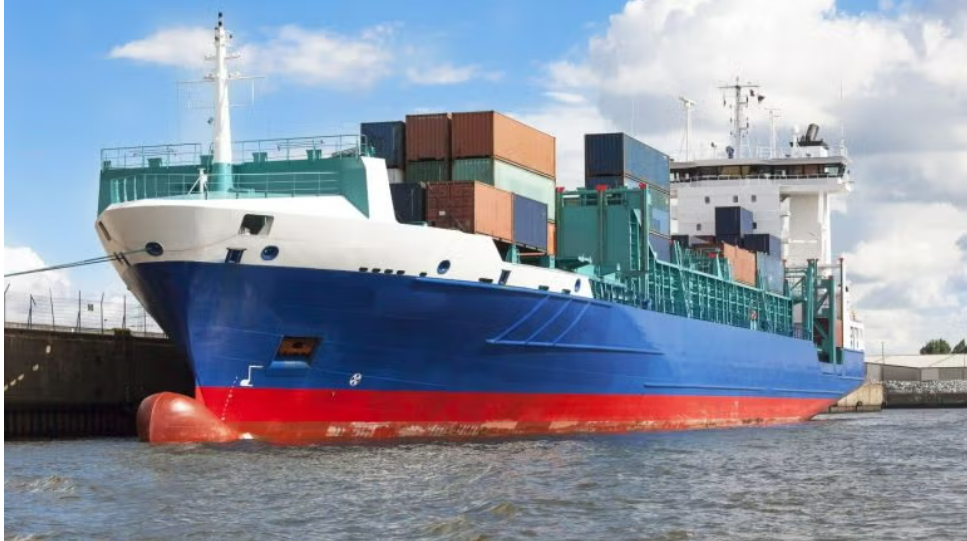Tariff hits materialise, but don’t just stand there!

TARIFF HITS MATERIALISE, BUT DON’T JUST STAND THERE!
As predicted, those pesky tariffs are starting to weigh on the bottom line of fashion brands and retailers with several issuing profit warnings last week amid sinking sales.
As predicted, those pesky tariffs are starting to weigh on the bottom line of fashion brands and retailers with several issuing profit warnings last week amid sinking sales.
Gap, Caleres and Kohl’s Q1 results all had a bone to pick with tariffs. In fact, Gap warned it is expecting a $300m cost hit resulting from tariffs, should they persist at the current level.
However, it has been refreshing to see the current climate has forced brands to accelerate efforts to diversify their sourcing strategies.
On an investor call, Gap CEO, Richard Dixon said the company’s goal is for “no country to account for more than 25% by the end of 2026.” While Caleres said it expects dollars sourced from China to be 10% or less in the second half of the year.
This development – while admittedly a bit painful – should be relatively straightforward given many companies began this transition at the turn of 2020 when Covid shut China down causing mayhem across global supply chains. For the ones that didn’t begin the shift, it may be a bit more painful.
But is this the catalyst needed for the nearshoring and onshoring vision to become a reality?
Maybe. One could argue we’re being forced to rebuild and move back to a point where it all comes back home. That may be an overgeneralisation since we’ve become so globalised over the decades resulting in an erosion of textile-making skills in the US and across Europe.
But with the pressures global supply chains are facing year after year and the financial cost to businesses, doesn’t it make more sense to at least try to rebuild those local industries, create jobs and strengthen local economies?
One thing the fashion industry cannot afford to do is stand still and wait it out. Tariffs are here, they’re not going away anytime soon. Yes, there may be appeals to overturn them, but for now they’re here. Even if at some point in the distant future there is some relief from them or they disappear altogether, the likelihood is there will be something else around the corner waiting to pressure apparel supply chains.
We talk of agility and being nimble day in and day out in this industry. I’d go as far as to say those are the current buzzwords replacing “sustainability”. But to truly be agile and nimble, businesses and the wider fashion industry need to take the steps now to realign supply chains, and do so as quickly as possible, as painful and as costly as it may be, as this is what will set them up for future success.
By Just Style
